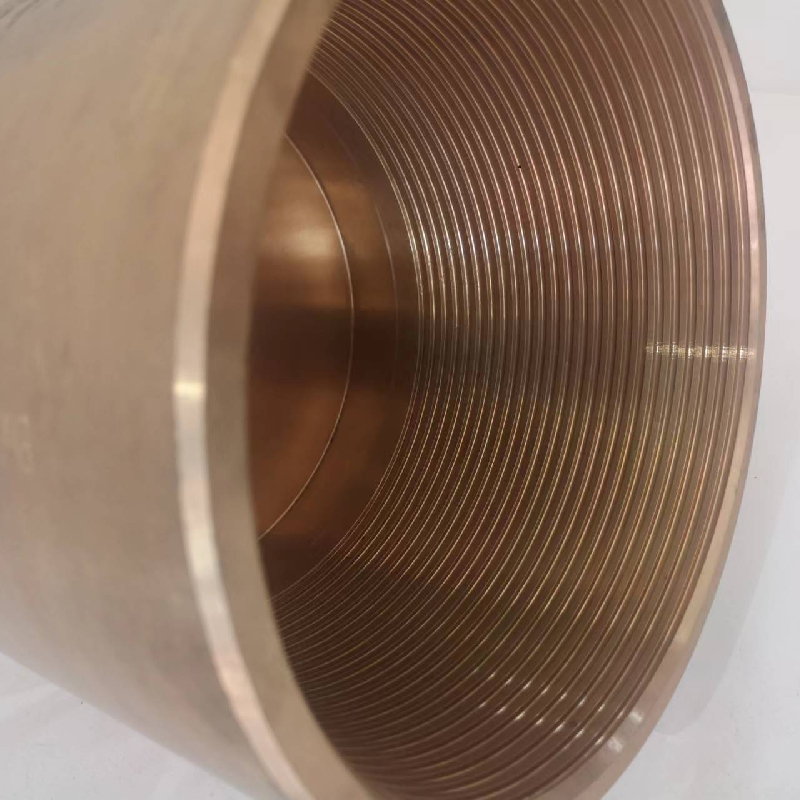- Afrikaans
- Albanian
- Amharic
- Arabic
- Armenian
- Azerbaijani
- Basque
- Belarusian
- Bengali
- Bosnian
- Bulgarian
- Catalan
- Cebuano
- Corsican
- Croatian
- Czech
- Danish
- Dutch
- English
- Esperanto
- Estonian
- Finnish
- French
- Frisian
- Galician
- Georgian
- German
- Greek
- Gujarati
- Haitian Creole
- hausa
- hawaiian
- Hebrew
- Hindi
- Miao
- Hungarian
- Icelandic
- igbo
- Indonesian
- irish
- Italian
- Japanese
- Javanese
- Kannada
- kazakh
- Khmer
- Rwandese
- Korean
- Kurdish
- Kyrgyz
- Lao
- Latin
- Latvian
- Lithuanian
- Luxembourgish
- Macedonian
- Malgashi
- Malay
- Malayalam
- Maltese
- Maori
- Marathi
- Mongolian
- Myanmar
- Nepali
- Norwegian
- Norwegian
- Occitan
- Pashto
- Persian
- Polish
- Portuguese
- Punjabi
- Romanian
- Russian
- Samoan
- Scottish Gaelic
- Serbian
- Sesotho
- Shona
- Sindhi
- Sinhala
- Slovak
- Slovenian
- Somali
- Spanish
- Sundanese
- Swahili
- Swedish
- Tagalog
- Tajik
- Tamil
- Tatar
- Telugu
- Thai
- Turkish
- Turkmen
- Ukrainian
- Urdu
- Uighur
- Uzbek
- Vietnamese
- Welsh
- Bantu
- Yiddish
- Yoruba
- Zulu
bull plug oil and gas
The Role of Bull Plug in Oil and Gas Industry
In the oil and gas industry, efficiency and reliability are paramount for safety and productivity. One of the often-overlooked components that play a crucial role in maintaining these standards is the bull plug. A bull plug, specifically designed for high-pressure applications, serves multiple purposes in the exploration, drilling, and extraction processes.
Understanding Bull Plugs
A bull plug is a type of closure device typically made from robust materials such as steel or other alloys, ensuring it can withstand the extreme pressures encountered in oil and gas operations. These plugs come in various sizes and shapes, designed to fit different types of blowout preventers (BOPs), drilling equipment, and other machinery used in oil extraction. Bull plugs are essential for sealing off sections of pipelines or equipment when needed, such as during maintenance, repairs, or when shutting down a well.
Applications of Bull Plugs
The applications of bull plugs in the oil and gas industry are extensive
. They are primarily used in two main contexts1. Well Control In the event of a blowout or other uncontrolled flow from an oil or gas well, bull plugs can be used to secure the well temporarily. They act as a barrier, preventing hydrocarbons from escaping into the environment and allowing for safe mobility and intervention measures. This function is vital, given the potential hazardous consequences of a blowout.
2. Isolation during Maintenance Maintaining and servicing equipment is a routine necessity in oil production. Bull plugs are critical in isolating specific sections of pipelines or systems to allow personnel to work safely without risking exposure to high-pressure systems. They ensure that while one section is active, another can be safely operated on or inspected.
bull plug oil and gas

Materials and Design Considerations
When manufacturing bull plugs, several design and material factors are taken into account to ensure maximal performance under extreme conditions. For instance, the materials used should resist corrosion, given that they will often be exposed to harsh chemicals and elevated pressures. Additionally, the sealing mechanism must be carefully engineered to prevent leaks and ensure integrity.
The design must also accommodate various pressure ratings and environmental conditions. Depending on the specific application, bull plugs can be equipped with various features such as threaded connections for easy installation and removal, locking mechanisms to secure them in place, and pressure relief valves to manage excess pressure.
Safety and Regulatory Compliance
Safety is a primary concern in the oil and gas industry, and bull plugs play a significant role in this regard. They must meet stringent safety standards and regulatory requirements to be viable in oil and gas operations. Governments and industry organizations often have specific guidelines regarding the materials and performance standards of equipment used in oil and gas extraction.
Using certified bull plugs contributes to operational safety and compliance. Regular inspections and maintenance of these components are essential to ensure their reliability. Operators must carefully monitor the condition of all bull plugs in use, replacing them at the first sign of wear or damage to prevent accidents.
Conclusion
In conclusion, while bull plugs may not be the most glamorous component of oil and gas operations, their role is undeniably vital. By enabling well control and facilitating maintenance, they contribute significantly to the operational safety and efficiency of oil extraction activities. As the industry continues to evolve and push towards greater safety and environmental responsibility, the importance of reliable equipment like bull plugs cannot be overstated. With advancements in materials science and engineering, the future of bull plugs is set to foster increased safety, innovation, and efficiency in oil and gas operations, ensuring that the industry can meet global energy demands responsibly and sustainably.
-
Tubing Pup Joints: Essential Components for Oil and Gas OperationsNewsJul.10,2025
-
Pup Joints: Essential Components for Reliable Drilling OperationsNewsJul.10,2025
-
Pipe Couplings: Connecting Your World EfficientlyNewsJul.10,2025
-
Mastering Oilfield Operations with Quality Tubing and CasingNewsJul.10,2025
-
High-Quality Casing Couplings for Every NeedNewsJul.10,2025
-
Boost Your Drilling Efficiency with Premium Crossover Tools & Seating NipplesNewsJul.10,2025







